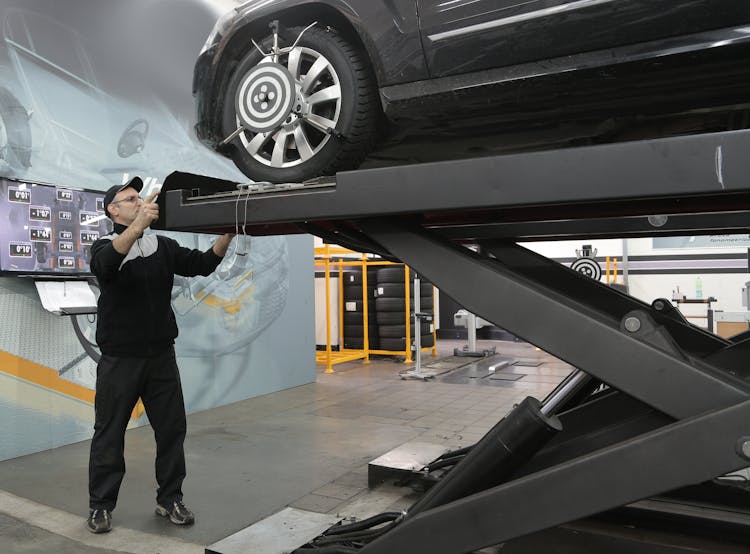All Categories
Featured
The OBD-II system is a fundamental piece of state-of-the-art vehicle performance management. This system has been a mandatory feature in vehicles produced in the United States since 1996. By monitoring various operations of the engine and emissions systems, OBD-II ensures that vehicles remain compliant with stringent environmental regulations. The ability to detect malfunctions early is vital, serving not only to protect the environment but also to enhance user experience.
Discerning issues is made easy with the integration of sophisticated sensors throughout the vehicle's systems. These sensors continuously analyze key parameters such as oxygen levels, fuel mixtures, and catalytic converter performance. When a problem arises, the system triggers the Check Engine Light (CEL) to notify the driver. Understanding how to interpret these signals can save vehicle owners from costly repairs and potential safety hazards.
Finding the OBD-II Connection Point
The next step in the process involves pinpointing the OBD-II connection point within your vehicle. This connector is typically found under the dashboard on the driver’s side, just above the pedals. In some vehicles, it may also be concealed behind a cover. For obtaining accurate readings, a sturdy and reliable connection is crucial

Most Liked
Latest Posts
Around-the-Clock WordPress Help
Understanding Fluoride Levels in Public Water Systems
Understanding Roofing Regulations in Norfolk VA